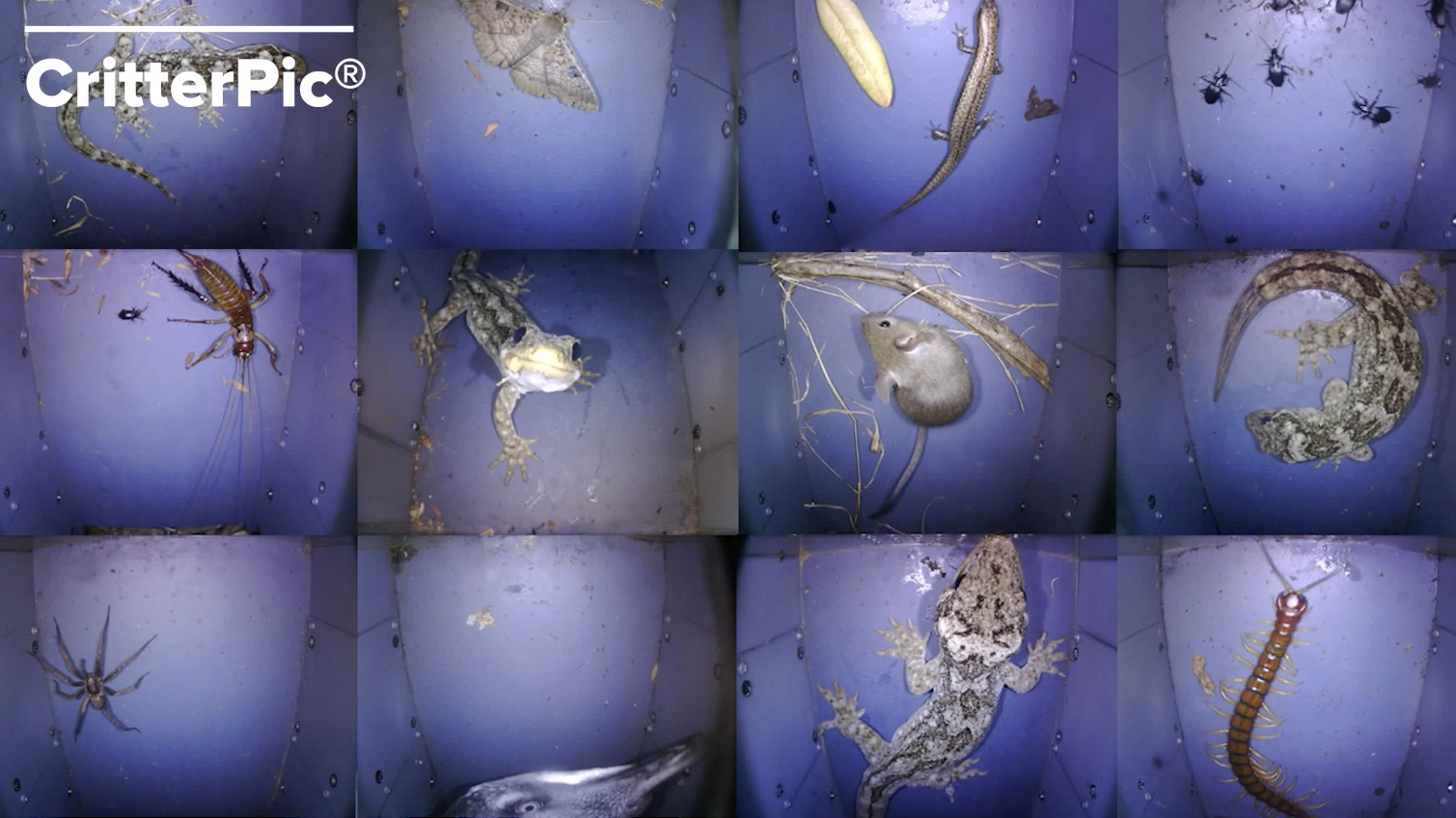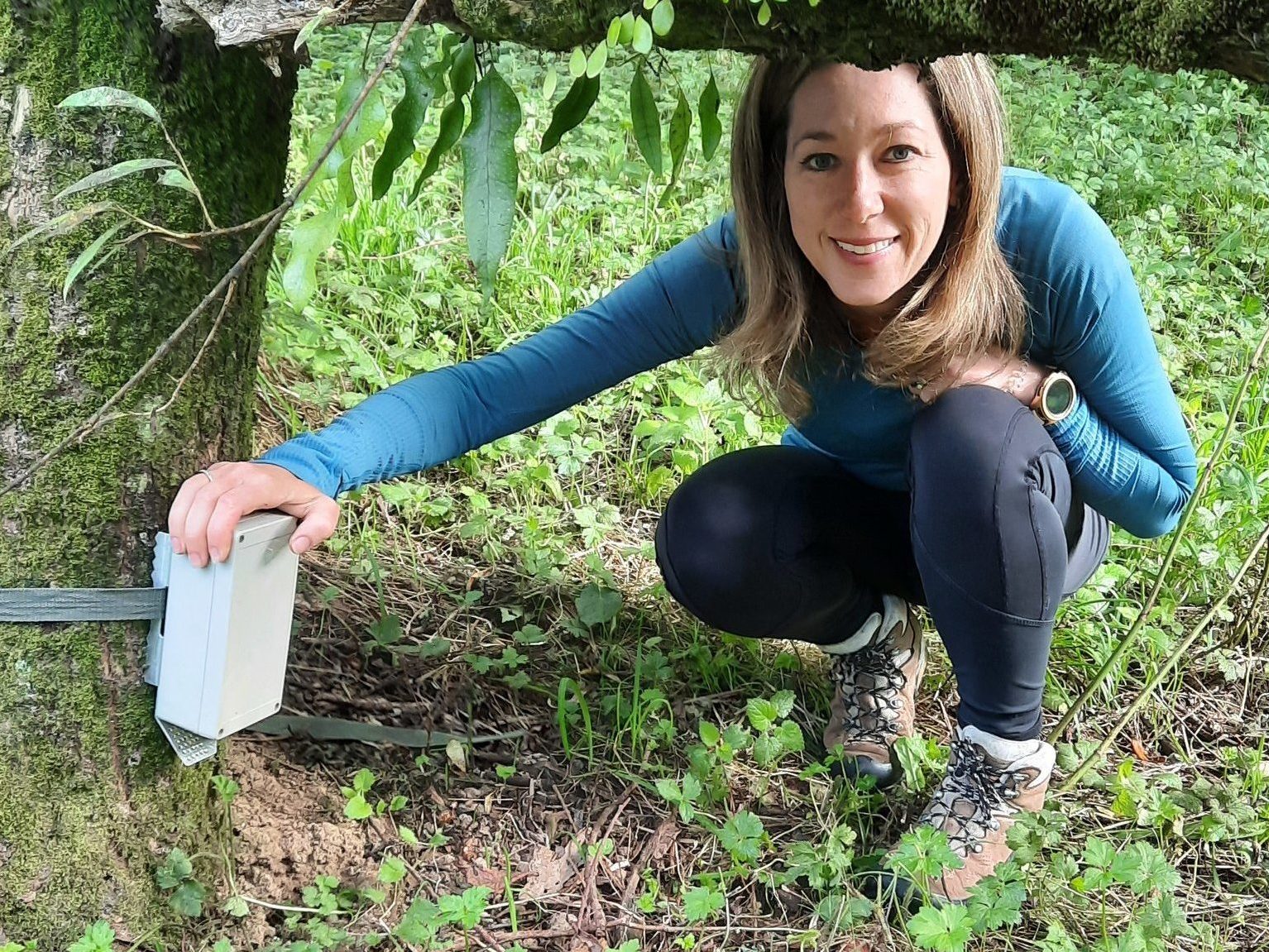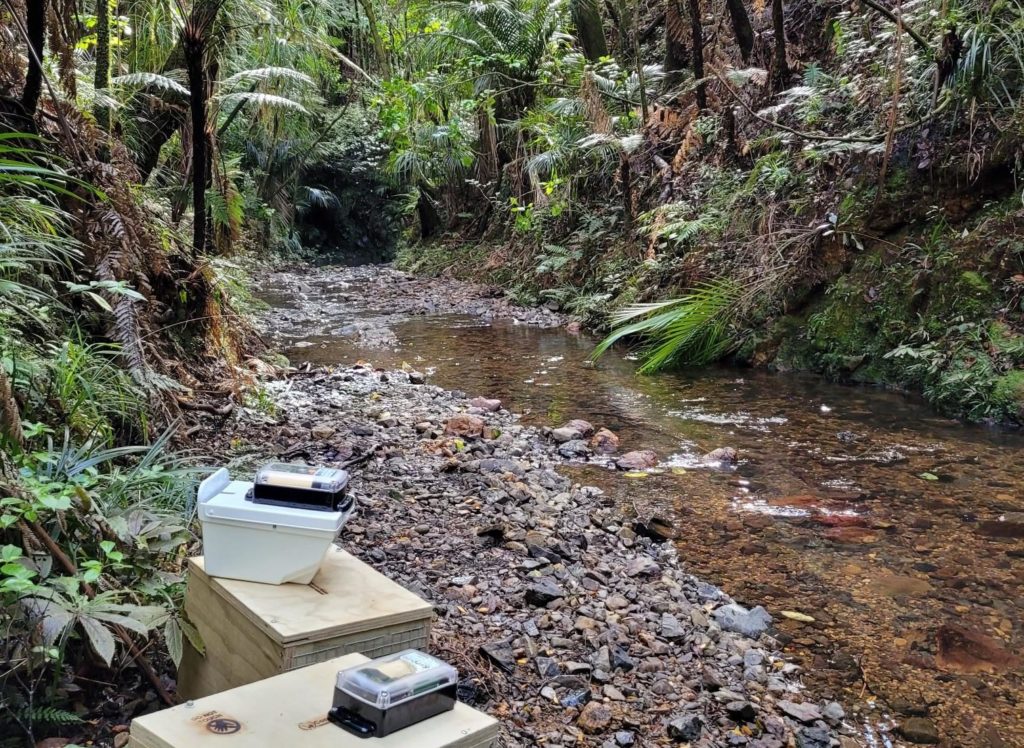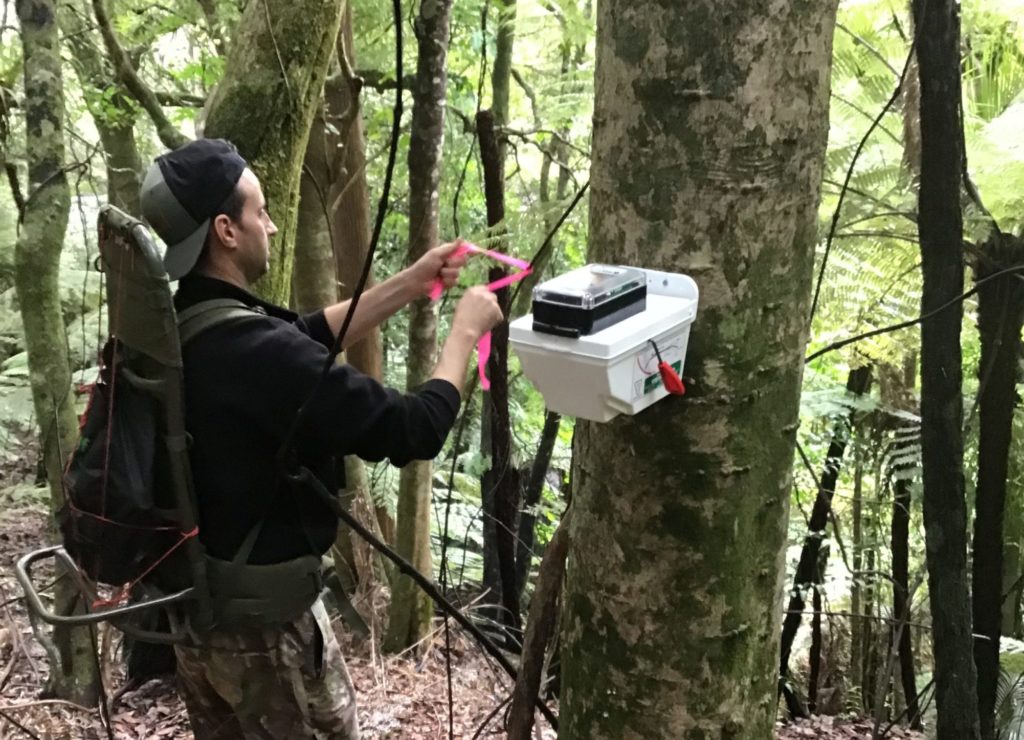Photo-booths for lizards, long-lasting lures, and a trap that can recognise what it’s caught – if you want creative, hi-tech yet practical solutions to predator control problems, talk to Critter Solutions.

Meet the brains behind the company. Dr Helen Blackie, biosecurity consultant at Boffa Miskell, has more than twenty years of experience working in wildlife management, and Dr Kenji Irie director of Red Fern Solutions, has more than twenty years of experience in image processing and technology design.
Together they lead Critter Solutions, aiming to provide a whole suite of tools to protect and enhance the environment.
Looking at the whole

Helen tells us, “right from the start it’s been a holistic approach.”
“For example, you can have a really great trap, but it’s only going to have really good field efficacy if you’ve got a really good lure that works with that trap.
“If you want to make it affordable and long-lasting you need to make it resetting, so you need the technology for that. If you want to know the results and have information in real-time then you need a communications device linked in.”
Tools in the pipeline include CritterPic, a real-time monitoring and identification “photo booth” for small species, set-and-forget device EzyLure, and wireless information network technology Flexi-Comms. They are also developing a Smart Camera Monitoring System and species-specific artificial intelligence trap, with the help of funding from Predator Free 2050 Limited.
Kenji is excited about the possibilities of AI in the predator control space.
“AI is a powerful tool that enables rapid high-performing decisions to be made by electronic systems, which were either difficult or very slow to do previously.”
With artificial intelligence, you can only get good output if you have good input, and so the team has put a huge amount of effort into training the AI – it’s vital that a species-specific trap doesn’t mistake a kiwi for a possum. Some species are easy to find data on (they recorded 20,000 stoat photos in two weeks), but rare species are more time-consuming.

“It’s taken probably five years of field trialling and data collection so it’s been a super long process,” says Helen.
Kenji tells us that the AI actually represents quite a small proportion of the work that has gone into the intelligent camera and traps. In order to make a practical and robust tool, you also need to integrate those other components: communications, lures, and long-life operation. He points out that while a device like your phone has the technology to recognise people, you won’t get months of battery life out of it.
Helen says they are getting close to having the full suite of tools. Most of their products are still going through the commercialisation process, and the global supply chain crisis has meant delays, but they anticipate the first couple of tools to be available in the first half of 2023.
Solutions for today, not tomorrow
Kenji says that while they are always coming up with new ideas, it’s important to keep sharply focused and deliver solutions for the industry today, not tomorrow.
“We know that there’s no one ultimate solution, a magical silver bullet for solving our pest problem, so we’re really trying to push things along and provide practical solutions for people to complement what the toolset already is for pest management in New Zealand.”
Helen agrees, “We’re more focused on iterative steps rather than the big steps because we’re looking at the stuff we can get out there now.”

Helen and Kenji have been working together for a long time, and their strength is their unique multidisciplinary approach. Team members from Boffa Miskell have crucial practical experience, which means they know what the market wants, and how people actually use products when they are out in the field.
And for Red Fern Solutions, it’s not just the technical challenge of predator control products that appeals. Kenji says that while he has an engineering background, he’s a strong supporter of protecting the environment – and now the company’s environmental focus draws new team members in. “We’ve naturally built up this team of engineers who are passionate about the environment.”
With all of this enthusiasm, experience and expertise, the team at Critter Solutions are poised to make a vital contribution to the predator free movement.

